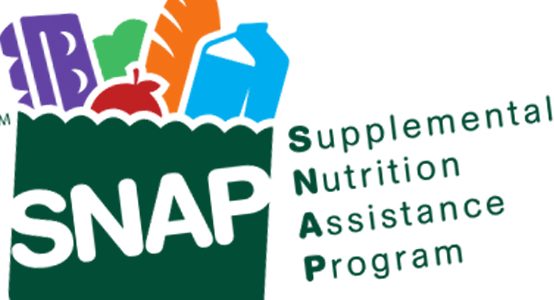
In response to the recession in 2008, the Recovery Act of 2009 was put in place to provide relief and stimulate spending in the American economy. One focus area of the Recovery Act was the Supplemental Nutrition Assistance Program (SNAP), which gives low-income households direct assistance for food purchases. In 2009, SNAP received a temporary boost in benefits which ended on November 1, 2013. When benefits were cut back as a result, spending by a large portion of American households was also expected to slow. Initially, traditional and high-end grocers such as Kroger and Whole Foods were not impacted by benefit reductions as their average customer does not qualify for SNAP. On the other hand, discount retailers with grocery sections were impacted by this decrease in spending as their target demographic suddenly had less disposable income. At our end we quantified the expected decline and focused our data collection process to capture the nuances of the change. Our clients had an early read as Target, Walmart, and Family Dollar all experienced soft sales in 2014. Because of the decreased aid, low income customers were making fewer trips to stores and buying less on each visit. As discounters ramped up price competition to maintain sales, Kroger and Whole Foods had no choice but to respond, negatively impacting their margins.
Click Here to request a sample report.

